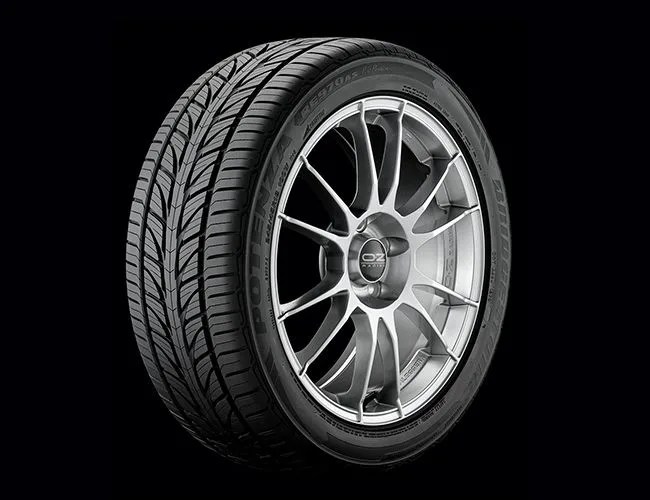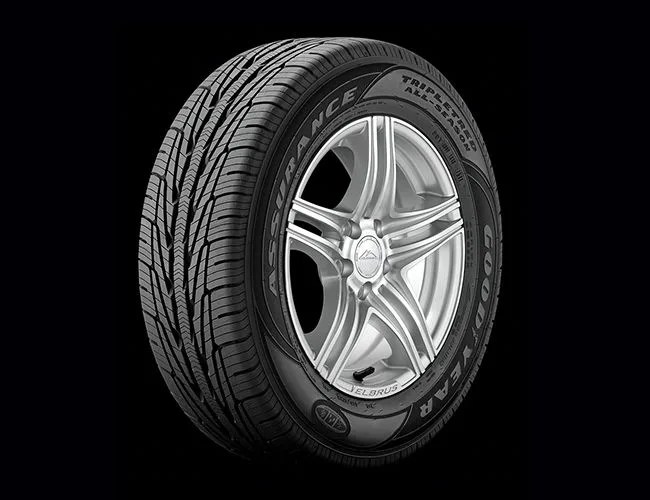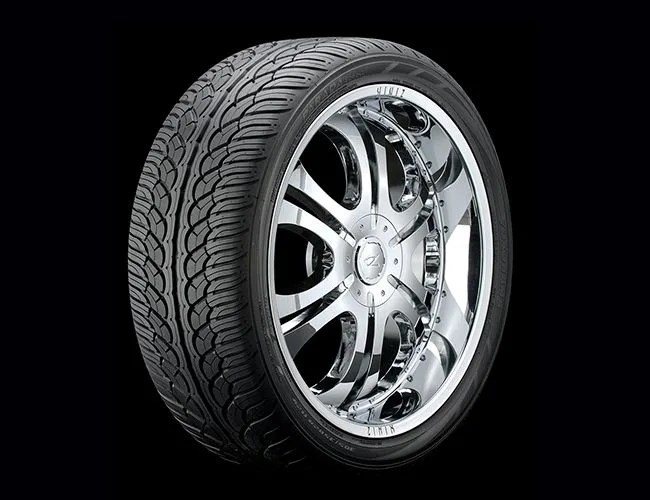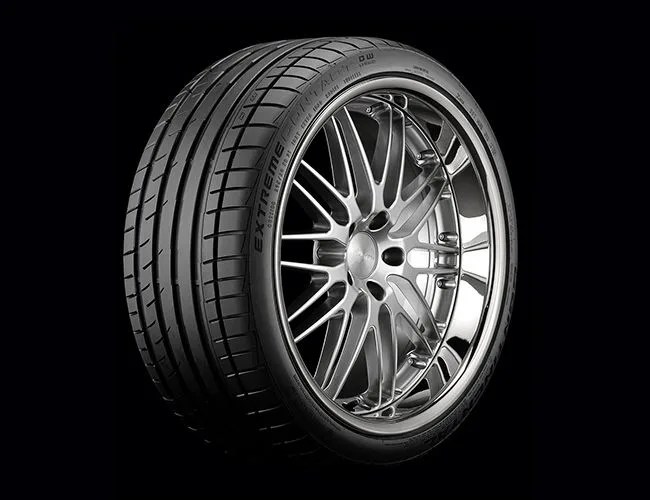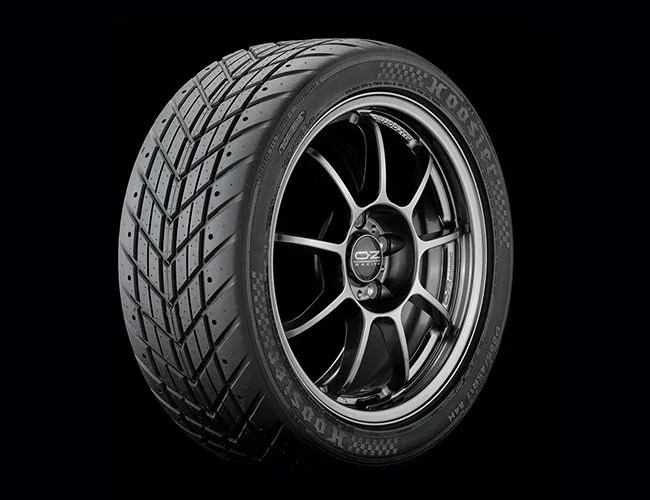If you keep hearing tips like “having the right tires for the right situation makes all the difference” over and over again, chances are it’s not a coincidence. In a snowstorm, winter tires can mean the difference between getting pulled out of a ditch and being the one doing the pulling. Likewise, a good set of summer tires will give you the best grip on hot pavement in the warmer months, where soft winter rubber would just fall apart and offer nothing.
X Games Rally Car medalist and Rally America 2WD champion Andrew Comrie-Picard knows a thing or two about finding traction. We met with him to see what type of rubber gives the best grip, even for those of us who don’t have a personal pit crew to change our tires.
“With winter snow turning to spring showers, you can get standing water on the road and still have low ambient temperatures — all diabolical challenges for a tire and a driver,” said Comrie-Picard. “And if you’re going at speed in an area where there might be standing water, it can lead to hydroplaning. You want to be extremely smooth in all your control inputs: no panic braking, no fast steering, no swerving around. You have to think about it like you’re driving on snow or ice, because if you aquaplane properly it’s a lot like driving on ice. If you give too sharp of a control input, you can just as easily spin out.”
“The second thing is a general tire [rule]: make sure you have enough tread depth. An easy rule of thumb is if you put a penny in the tread blocks of your tire, with the president’s head pointed down, if you can see the top of the head is exposed, then you have too little tread depth in order to deal with standing water. You need a tire that communicates to you extremely well, so that it tells you when you’re starting to slide or if you’re going to be having a problem. It needs to be a tire that responds really well to your inputs, so you can collect the car back up.”
In an ideal world, everyone would have a proper set of tires for every season. “All-season” tires often get a bad rap for being “bad in all seasons” with little to no traction on snow and ice and pitiful grip on warm, dry pavement. But in the past few years, rubber and tread technology have made strides in multi-seasonal performance. “A stable tire with places and pockets for the water to go to as the tire rolls across the [water],” is what Comrie-Picard says is a sign of good wet weather tread. Nothing matches a winter tire in a blizzard or summer rubber in July, but we went in search of the best multi-seasonal tires for those tricky transitional months.
BFGoodrich g-Force COMP-2 A/S
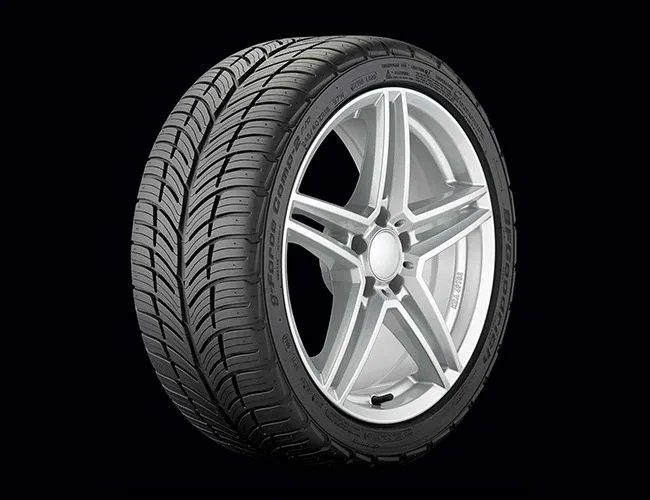
Best Overall: The COMP-2 A/S has an asymmetrical tread pattern perfect for pumping away standing water. On each tread block are smaller, thinner grooves ideal for gripping snow and cold pavement. And, the COMP-2 A/S’s rubber compound has a wider temperature operation window, so it won’t fall apart when the days start get longer and the road gets warmer.
